What would a car design mean? To answer this question, vehicle type would need to be classified in terms of a car, a light truck, or a commercial vehicle. It is thus because some countries have passed legislation that is proper for each vehicle category, which pertinently informs its design and shape. The automobile-specific legislation may range from design criteria to taxation policies and emission standards.
But let’s make it an easygoing post and jump straight to the vehicle categories everybody is interested in knowing classically.
Yet before we move on, it is paramount to discuss one key insight related to the car design: What affects the vehicle design on the consumer’s part? There are a number of factors that influence a user’s choice in the car selection phase.
They include crash requirements, dimensional limitations, number of wheels, electric control, light specification, and so forth. In the same vein, considerations of secondary importance are vehicle weight, cost, mileage, emissions-response, and vehicle tax, among many others.
Types of Cars
From region to region or country to country, the classification of cars has a bi-axial purpose whatsoever: One is to promote a range of cars for mass use, whether on a personal or commercial level, and the other is to inhibit or discourage a segment of cars belonging to an entirely different category keeping in view the markers that are specific to social, political and scientific facts.
Let’s say if space is a limitation, it might be a state preference to promote cars that are small in size yet compact in construction to meet certain safety standards. The government might incentivize such a regulation as well.
Likewise, if the availability of natural resources or simply fuel is a grave concern at present or in the future, it may tax large-size cars as well as the particular fuel to discourage that specific class of car or fuel. Governments usually give tax refunds for cars that are clean, fuel-efficient, and ecologically friendly.
Cars are generally classified as illustrated below.
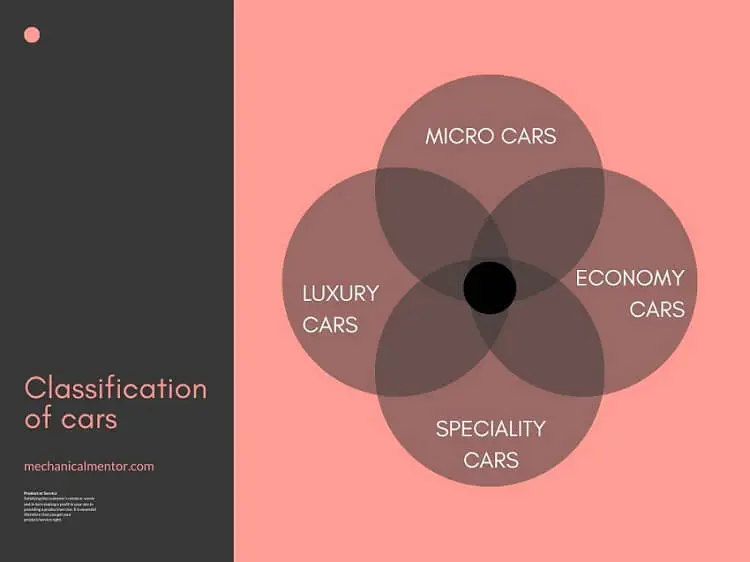
Micro Car
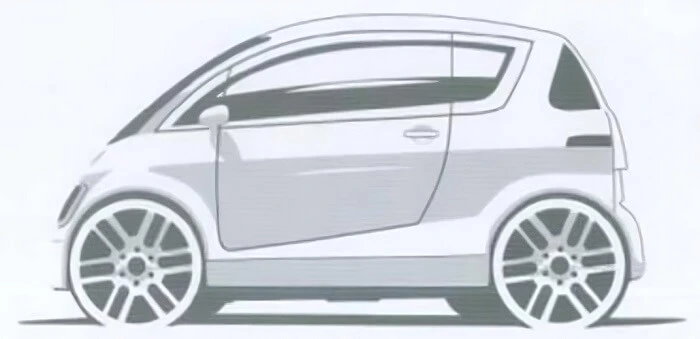
It is the smallest passenger car. It is allowed to drive on all roads. They are goal-specific, which means that their design is informed by a unique set of size and performance instructions or, strictly speaking, regulations.
It is designed to accommodate two occupants and has a minimum cargo space. Its size and weight are minimized by fantastic engineering considerations such as a small powertrain package and smart tire envelopes.
Though it is smaller in size, cheaper in cost, and lighter in weight, it abides by all the impact regulations governments legislate.
Its spellbound design features include two hinged doors and a liftgate.
Economy Car
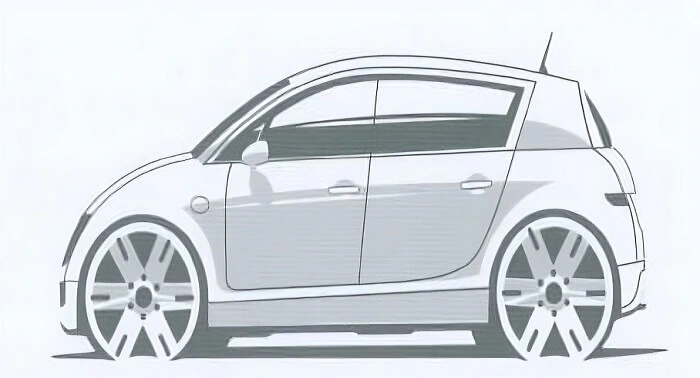
Economy cars show the highest share in the global passenger car market. It is generally referred to as the B, C, and C type category of cars. It is designed for five occupants with cargo transportation. It is an inexpensive car.
Its design engineers work to achieve larger interior space within the limited exterior box dimensions in order to minimize weight, cost, and aerodynamic drag. The powertrain and suspension systems are optimized to give maximized space efficiency rather than performance. The body structures are engineered in such a way as to give high production volumes at low-cost targets.
Luxury Car

It is referred to as the class category, which is famously known as belonging to the executive or E-class. It prioritizes speed, interior space, handling, refinement, and aesthetics. The overall big size of the car owes much to the generous occupant package, tire envelopes, and powertrain.
The body is designed by keeping in view both quantitative as well as qualitative engineering aspects. Special heed is paid to noise reduction through optimized aerodynamics as well as structural stiffness. The car suspension is excellent in operation, making the ride extremely joyful and comfortable.
Speciality Car

The engineering design of the cars that belong to this segment of vehicles is super-exotic. Luxurious features such as a low center of gravity, cutting-edge power technology, uncompromised powertrains, robust structure, excellent suspension system, and wonderful aerodynamics.
The occupant environment is largely minimized with minimal cargo space. They are generally sports cars whose consumers are affluent enthusiasts. They are built on custom demand and mainly by hand in low production volumes.
Types of Trucks
It is shown illustratively below:
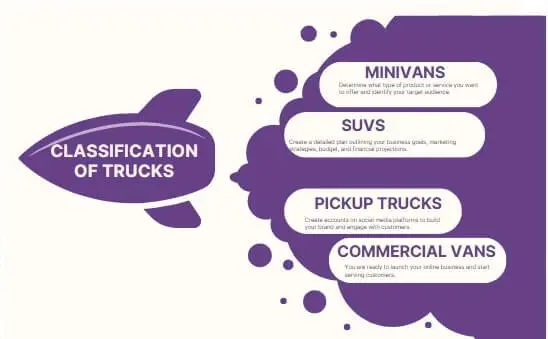
Minivan
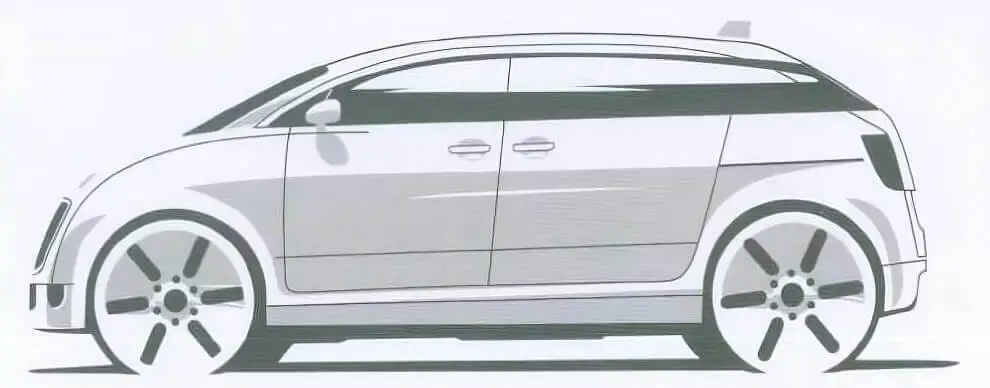
It is referred to as belonging to a young class of trucks with dual features: high occupancy of up to seven or eight and cargo-carrying capability. Powertrains are made large and powerful enough to pull the vehicle at full load conditions.
It is made in mass quantity, and its unibody construction consists of enclosures that are provided with sliding rear doors. The rear suspension is designed for carrying heavy loads and has height-variance capability.
The interior space is designed to have a flat floor to stow the seats. The occupants shall sit high in place and have a gigantic view of the road and the outside world.
Sport Utility Vehicle (SUV)
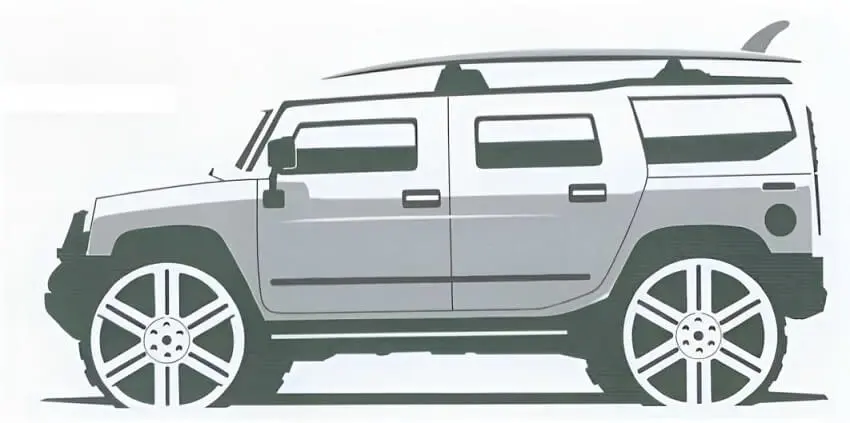
This vehicle class has grown extensively until recently. Its characteristic features include a feeling of high security, somewhat lofty social status, flexibility, and so on. It carries occupants up to eight.
It has a longitudinal powertrain with 4WD and has sufficient road clearance for off-road and poor weather conditions. It has aggressive tires for long journeys and robust suspension systems overall.
The “body of frame” type construction owes much to the pickups, which are exclusively designed to perform serious off-road duties. They are also designed for road and light trail use only with unibody construction.
Truck
They have applications both in personal as well as commercial domains. They are durable in construction and have powerful engines with a 4WD aspect to carry high loads in almost all types of weather conditions.
Suspension systems are capable of providing ride-height options. In terms of its body construction, it is the derivative of an SUV as it is also available with a body-on-frame construction type. Based on cab and bed size, they come in different length configurations.
Commercial Van

Their chief engineering design aims to provide support for economical cargo transportation for businesses. Their architecture is flexible as it is ready to adapt to frequent changes in aspects apropos to design for accommodating more custom needs.
Its unibody construction variant is adapted to include an open-bed version. The body design can accommodate dimensional variants with closures that are capable of loading standardized cargo objects.
With minimal intrusion into the cargo area, powertrain and suspension systems are firmly structured to carry heavy loads with ease. In urban environments, they are maneuverable by keeping their footprint as low as possible.
Vehicle Positioning Graphic (VPG)
The figure below shows the graphical positioning of the vehicles with respect to various aspects the consumer of these vehicles wonders about before making a purchase decision. It includes SUVs and trucks in the off-road-economy quadrant, whereas sports and economy cars are in the prestige-on-road quadrant.
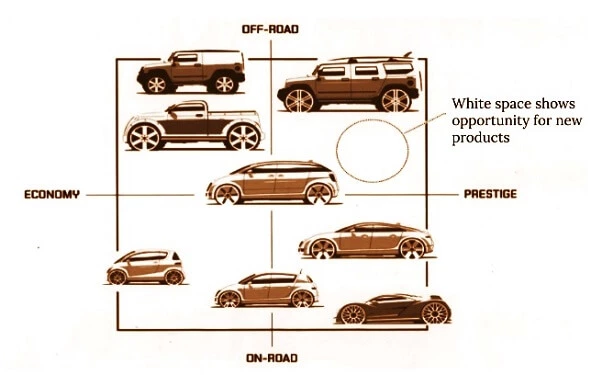
I am the author of Mechanical Mentor. Graduated in mechanical engineering from University of Engineering and Technology (UET), I currently hold a senior position in one of the largest manufacturers of home appliances in the country: Pak Elektron Limited (PEL).
